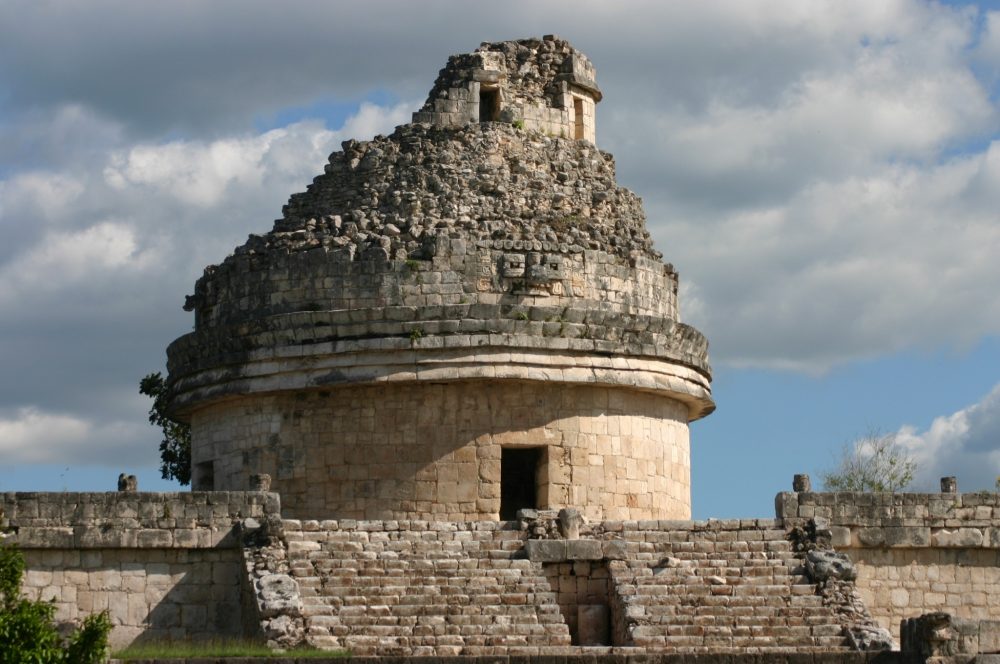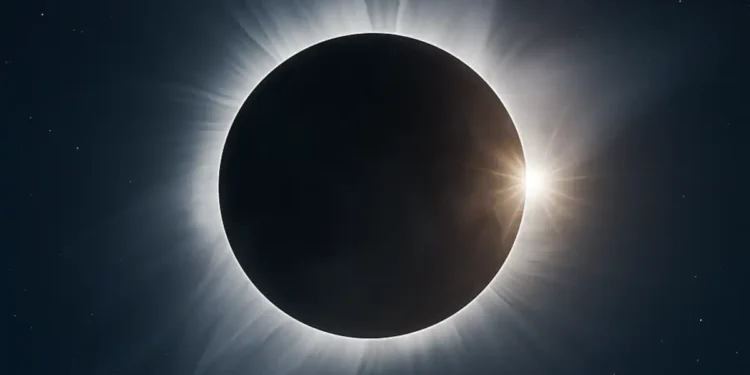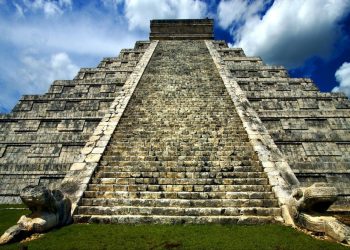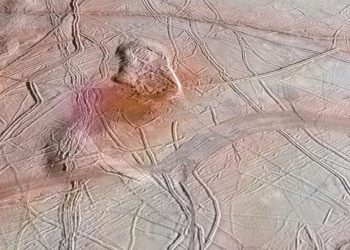How ancient people predicted eclipses is something that still somewhat puzzles scientists today. Their ability to forecast solar and lunar events without modern instruments shows just how far back systematic sky-watching really goes. They didn’t have telescopes or technology — just clear skies, sharp memory, and centuries of observation. They weren’t guessing. They were calculating.
This kind of foresight didn’t emerge overnight. It came from generations of sky-watching, patient documentation, and a deep understanding of cosmic rhythms. And today, as we look back at how ancient people predicted eclipses, we discover something far greater than simple astronomy. We see the roots of scientific thinking itself.
Babylon and the origins of eclipse tracking
The Babylonians left behind clay tablets that reveal one of the earliest and most accurate eclipse forecasting systems in the ancient world. As early as 700 BCE, these astronomer-priests were using what we now call the Saros cycle, a pattern of roughly 18 years between similar eclipses.
Texts like MUL.APIN show systematic observations of lunar and solar positions, backed by centuries of recorded events. These tablets suggest that Babylonian scholars were able to forecast not only when eclipses would happen, but also where they might be visible.
There is strong evidence they developed a mathematical model of celestial mechanics long before the Greeks. They didn’t understand orbital mechanics in modern terms, but they knew the sky followed rules — and those rules could be learned.
How ancient people predicted eclipses in Mesoamerica

The Maya civilization is a powerful example of what can happen when astronomy is integrated into every part of life. From their cities to their rituals, everything reflected a deep relationship with the cosmos.
The Dresden Codex, one of the few surviving pre-Columbian books, contains detailed tables used to predict solar and lunar eclipses. These predictions were tied to the Tzolk’in and Haab’ calendars — a 260-day ritual cycle and a 365-day solar calendar — which combined to create a larger timekeeping system that tracked eclipse seasons.
Maya astronomers used observatories like El Caracol in Chichén Itzá, which was likely aligned with Venus and the Sun. These buildings acted as instruments, helping observers mark key points on the horizon where eclipses and other astronomical events were likely to occur.
The Maya show us that architecture, myth, and science were never separate. They were parts of the same whole.
Indian astronomy and eclipse prediction through myth and math
Ancient Indian astronomers contributed remarkably precise models of celestial movement. The Surya Siddhanta, a Sanskrit text dating back over 1,500 years, includes formulas for calculating eclipses using geometry and trigonometry. Even earlier, the mathematician Aryabhata described the movement of the Earth and the Moon with surprising accuracy.
At the same time, eclipse prediction in India was also wrapped in mythology. The stories of Rahu and Ketu, shadow beings who swallowed the Sun and Moon, offered symbolic explanations. Yet these stories were more than just metaphor — Rahu and Ketu correspond to the lunar nodes, the points where the paths of the Sun and Moon intersect. These are the exact locations where eclipses occur.
Indian astronomy teaches us that mythology and science were not opposites. In many cultures, they served the same purpose — to preserve knowledge and pass it on.
The oldest eclipse record in history came from China
China possesses one of the earliest known records of a solar eclipse. The Shu Ching (also known as the Book of Documents) describes an event dated to October 22, 2137 BCE, during the reign of Emperor Zhong Kang. According to legend, court astronomers Hsi and Ho failed to predict the eclipse, leading to their execution. While the historical accuracy of this account is debated, it underscores the significance attributed to celestial events in ancient China.
Eclipses were interpreted as omens, and accurate predictions were essential for maintaining the perceived harmony between the heavens and the imperial court. Chinese astronomers developed lunar-solar calendars and meticulously recorded celestial phenomena, laying the groundwork for a sophisticated tradition of astronomical observation.
Over centuries, these practices evolved, contributing to one of the most enduring and detailed astronomical records in human history.
How ancient people predicted eclipses without instruments or writing
What’s remarkable is that many cultures managed to forecast eclipses without tools, and sometimes without written language. Instead, they used:
-
Horizon markers to align structures with solstices and lunar events
-
Moon phase counting to track cycles across months and years
-
Oral histories passed down over generations
-
Observation of lunar nodes, even if not described in scientific terms
-
Architecture, such as pyramids and towers, designed as solar and lunar calendars
These methods required patience, consistency, and the ability to store knowledge across generations.
What ancient eclipse prediction reveals about early human intelligence
This isn’t just a story about eclipses. It’s a story about knowledge.
When we ask how ancient people predicted eclipses, we are also asking how they saw the world. The answer is that they saw it as connected, measurable, and full of meaning. Eclipses weren’t random. They followed patterns. And those patterns could be known.
In a time when the sky was the only screen people watched, these cultures turned it into a book — one they could read with their eyes, their memory, and their built environment.
The systems they left behind were not primitive. They were sophisticated, intentional, and based on long-term thinking. That’s a kind of science we are only just beginning to appreciate.
That ancient people could predict the disappearance of the Sun without any modern instruments is impressive. That they passed down the knowledge to do it for generations is what makes it extraordinary.











